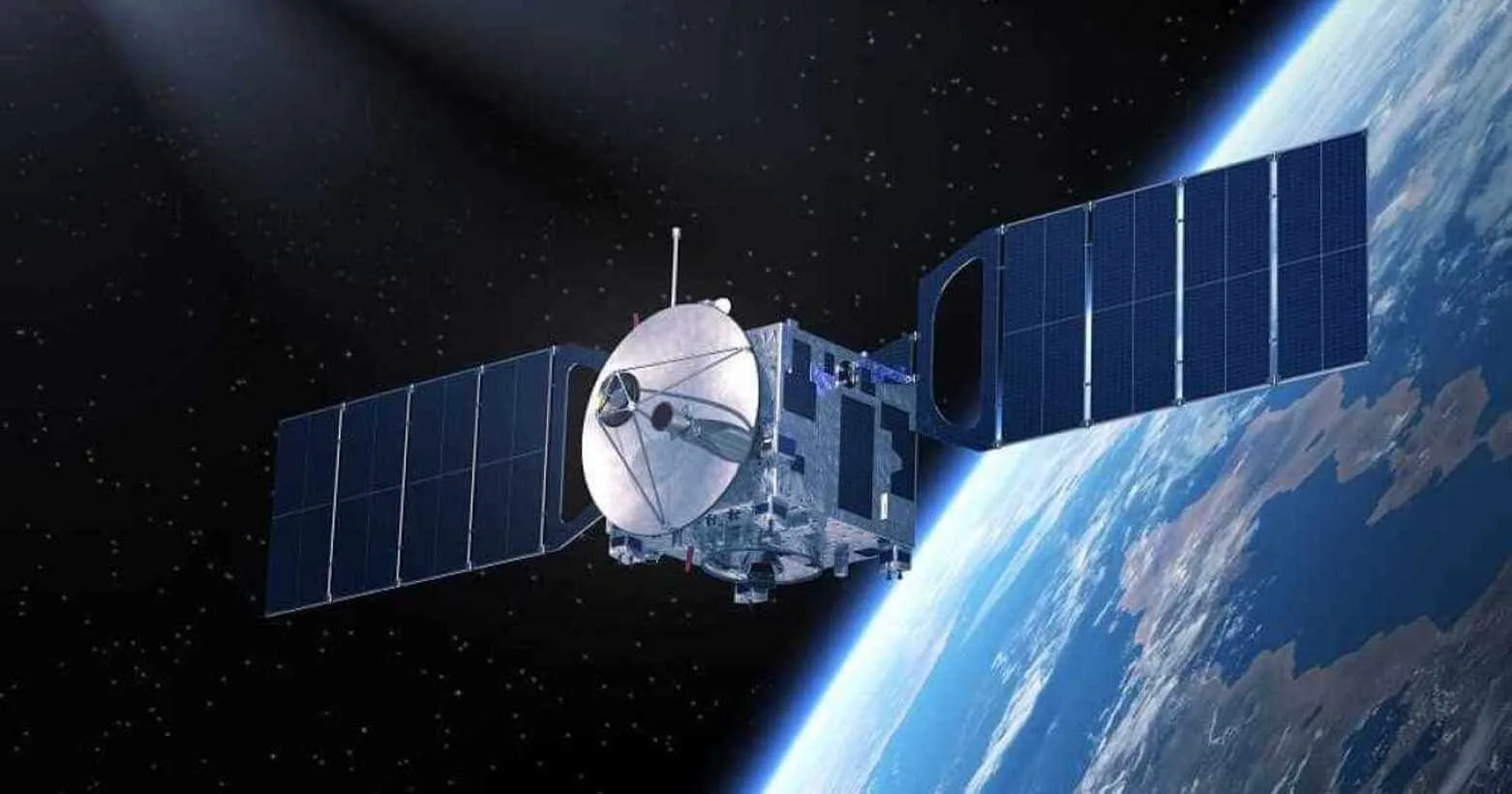Telstra and OneWeb’s low earth orbit (LEO) satellite network testing has progressed from the UK to Australia, as part of a joint effort.
Telstra’s T25 goal of expanding and extending its network leadership position and boosting nationwide mobile coverage is complemented by OneWeb’s path to worldwide coverage in late 2023.
The Australian telco wants to enhance the linkages for its most distant customers, and the two firms have signed a letter of intent as a phase towards reaching a commercial agreement
Telstra group executive for networks and IT Nikos Katinakis says Telstra is excited to be collaborating with OneWeb to explore new ways to provide nationwide high-quality and continuous digital connectivity, especially in remote and regional areas,
“LEO satellite connectivity provides our consumers, small business, and enterprise customers with a lot of exciting possibilities – especially those who need continuous coverage or extra redundancy – for backhauling to back-up for resilience, for IoT applications, for supporting emergency services, for rural broadband, and for agritech.” says Katinakis
Telstra’s most remote customers will now be able to test use cases on OneWeb’s live constellation in Australia.
OneWeb APAC vice president David Thorn says it’s great to be part of a team that is helping to advance Telstra and OneWeb’s global technology leadership, and thereby improve the quality of life for people living in remote and underdeveloped areas in Australia and across Asia Pacific.
‘Telstra’s dedication to meeting the needs of these regions has been inspiring, and we look forward to working with Nikos and his team for years to come, as well as Telstra’s new CEO Vicki Brady.’ says Thorn.
428 satellites out of OneWeb’s 648-satellite constellation are already in low earth orbit. The remainder will be launched in the coming months.
Global coverage is planned by late 2023, and high-speed, low-latency connectivity services should be available in Alaska, Canada, the UK, and the Arctic region.







